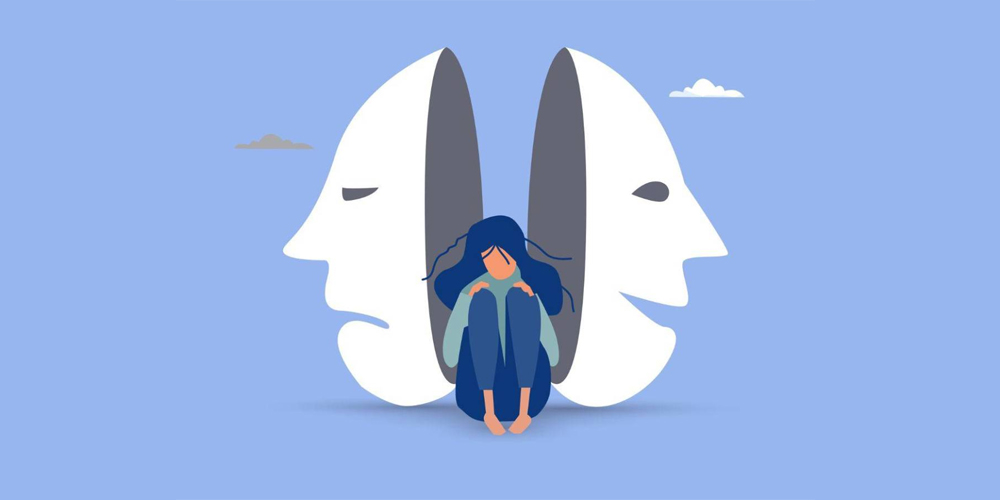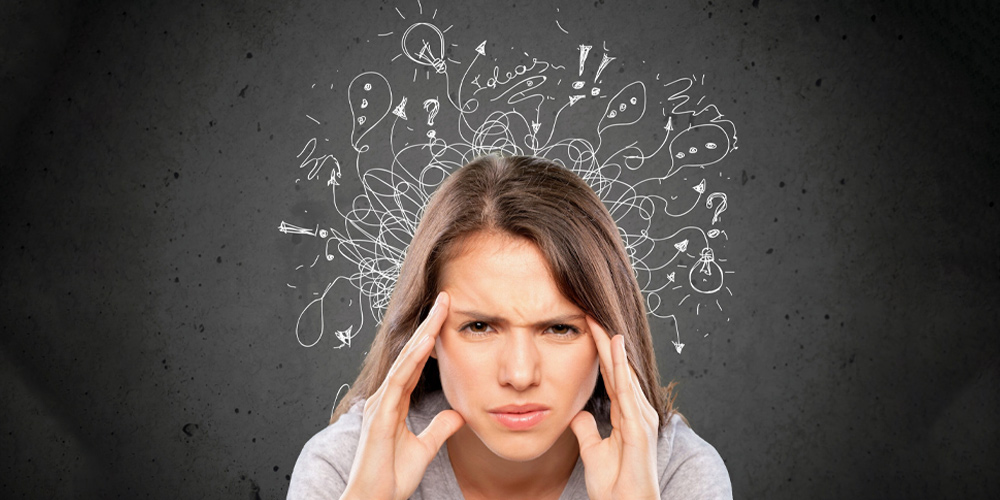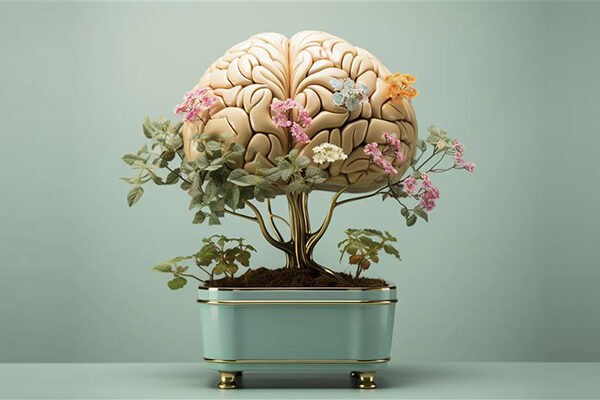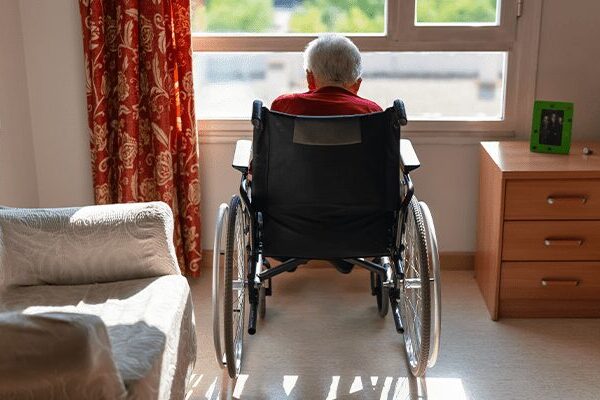Bipolar Disorder and ADHD – What’s the Difference?
If you have trouble focusing, experience mood changes, restlessness, or loss of interest, it’s better to know whether it is bipolar disorder or ADHD. So, let’s take a deep dive to understand the basic differences between them.
Definition of Bipolar Disorder and ADHD:
Bipolar Disorder: It is a condition in which one suffers from extreme episodes of mood swings. You may feel extremely excited (mania or hypomania) or completely sad (depression).


Occurrence
Bipolar Disorder: It appears in adulthood, especially after 25 years of age.
ADHD: It occurs during childhood. Recent studies have shown that about 8.4% of children have ADHD.
Cause
Many clinical trials on bipolar disorder and ADHD are happening to determine their possible causes. However, the latest study reveals that it involves many genetic and environmental factors.
How to Differentiate Bipolar Disorder and ADHD – Major Signs and Symptoms
If we categorize these disorders, bipolar disorder will come into the category of mood disorder. It means that it affects people emotionally. In contrast, ADHD is a neurodevelopmental disorder. It occurs during the brain’s developmental years. This alters how we perceive, process, focus on things, and control impulsive thoughts.
It might be difficult for people to distinguish ADHD from bipolar disorder. But here are some signs and symptoms that separate bipolar disorder from ADHD:
Signs and Symptoms of Bipolar Disorder:
Since there are two phases in each episode, we’ll discuss both:
During the manic phase, a person may
- Feel elated, powerful, and energized
- Be hyperactive
- Talk fast
- Be jumpy
- Take part in pleasurable activities
- Have delusions
- Be irritable
During the depressive phase, a person may
- Feel sad and worthless
- Talk slowly
- Sleep more than usual
- Have trouble concentrating
- Lack of interest in everything
- Feel sluggish
- Feel hopeless
- Have suicidal thoughts
Signs and Symptoms of ADHD:
A person with ADHD may
- Have an attention span of a few minutes
- Struggle with organization
- Have scattered thoughts and tasks
- Show constant restlessness
- Tend to daydream
- Forget tasks
- Get distracted easily
- Act impulsively on thoughts and urges
Can You Have ADHD and Bipolar Disorder Together?
Did you know that people who have ADHD are at a higher risk of developing bipolar disorder? Studies show that bipolar and ADHD occur together in 20% of cases. Imagine battling one mental disorder and then being hit with another.
ADHD and bipolar disorder are called comorbid conditions. It means that they can co-exist in a person. A study reveals that people with ADHD are more likely to develop bipolar disorder.
Their co-existence results in a more intense mental health struggle. An ADHD person experiencing bipolar episodes may face heightened impulsivity and poor decision-making. With depressive episodes, this pairing can lead to impulsive actions on suicidal thoughts.
About 1 in 13 people with ADHD also have bipolar disorder, and 1 in 6 with bipolar disorder also experience ADHD. This means nearly four million Americans are dealing with both bipolar and ADHD.
How to Manage Bipolar and ADHD? Their Treatments
The treatment options for bipolar and ADHD are as follows
Bipolar Disorder:
The treatment is to manage extreme emotions. Some common treatments include:
- Mood Stabilizers: They help to control mood swings. Lithium is the preferred drug for bipolar disorder. Other effective mood stabilizers include Valproate and Carbamazepine.
- Antipsychotics: Effective antipsychotics include Olanzapine, Aripiprazole, Quetiapine, and Risperidone.
- Cognitive Behavioral Therapy (CBT): It teaches patients how to manage bipolar disorder.
- Psychoeducation: Educating patients about their condition helps them manage signs and symptoms.
ADHD:
Medications given for this disorder help to balance dopamine and epinephrine. Breakthrough medications for ADHD are showing promising results in clinical trials, are still waiting for approval. However, the current treatment includes:
- Stimulant Medications: These increase attention span by boosting dopamine and epinephrine. Examples include Ritalin, Concerta, and Adderall.
- Non-Stimulant Medications: Clinicians prescribe these when patients cannot tolerate stimulants or are at risk of substance abuse. Common examples include Atomoxetine and Clonidine.
- Cognitive Behavioral Therapy: Alongside medications, CBT helps to improve focus and impulse control.
How to Treat Bipolar Disorder and ADHD Together?
Most of the time, an ADHD patient can have bipolar episodes. But between these two, the first preference of the doctors is to treat bipolar disorder. They start with mood stabilizers. Once these are effective, non-stimulants are added to the treatment regimen.
Bipolar disorder is treated first because it is a more severe mental condition. Treating ADHD first worsens bipolar episodes.
Doctors also recommend Cognitive Behavioral Therapy to manage both conditions together.
Final Words
Bipolar disorder and ADHD are severe mental health conditions. They affect mood, attention, and daily life. However, with proper diagnosis, treatment, and management, people can live full and functional lives.
If you or your loved ones are experiencing one or both conditions, don’t hesitate to seek help.




